Environmental Engineering
Building Materials And The Climate: Constructing A New Future
Views : 5
Building Materials And The Climate Constructing A New Future
Source: https://www.unep.org
Author: Anna Dyson, Naomi Keena, Mae-ling Lokko, Barbara K. Reck, Christina Ciardullo,
Usually dispatched in 2 to 3 days
Usually dispatched in 2 to 3 days
Category:
Environmental Engineering
Only logged in customers who have purchased this product may leave a review.
Related books
Environmental Impact and Remediation of Heavy Metals
Heavy metals are a group of metals and metalloids that includes transition metals, lanthanides, and actinides. When released into water, these elements have toxic effects on water quality and surface sediments, affecting environmental parameters such as pH and temperature. Therefore, metals that are harmful to aquatic and terrestrial ecosystems pose a significant threat to plants, animals, and human health. As such, there is increased interest in mitigating the harmful environmental impacts of heavy metals. This book provides a comprehensive overview of heavy metals, their impacts on water, soil, food crops, and cosmetics, and techniques for their remediation. It is organized into three sections: “Heavy Metals and Their Effects on the Environment,” “Evaluation of Heavy Metals and Their Risks to Irrigation Water,” and “Remediation of Heavy Metals.
Environmental Impact and Remediation of Heavy Metals
Heavy metals are a group of metals and metalloids that includes transition metals, lanthanides, and actinides. When released into water, these elements have toxic effects on water quality and surface sediments, affecting environmental parameters such as pH and temperature. Therefore, metals that are harmful to aquatic and terrestrial ecosystems pose a significant threat to plants, animals, and human health. As such, there is increased interest in mitigating the harmful environmental impacts of heavy metals. This book provides a comprehensive overview of heavy metals, their impacts on water, soil, food crops, and cosmetics, and techniques for their remediation. It is organized into three sections: “Heavy Metals and Their Effects on the Environment,” “Evaluation of Heavy Metals and Their Risks to Irrigation Water,” and “Remediation of Heavy Metals.
Advances in Evaporation and Evaporative Demand
The importance of evapotranspiration is well-established in different disciplines such as hydrology, agronomy, climatology, and other geosciences. Reliable estimates of evapotranspiration are also vital to develop criteria for in-season irrigation management, water resource allocation, long-term estimates of water supply, demand and use, design and management of water resources infrastructure, and evaluation of the effect of land use and management changes on the water balance. The objective of this Special Issue is to define and discuss several ET terms, including potential, reference, and actual (crop) ET, and present a wide spectrum of innovative research papers and case studies.
Advances in Evaporation and Evaporative Demand
The importance of evapotranspiration is well-established in different disciplines such as hydrology, agronomy, climatology, and other geosciences. Reliable estimates of evapotranspiration are also vital to develop criteria for in-season irrigation management, water resource allocation, long-term estimates of water supply, demand and use, design and management of water resources infrastructure, and evaluation of the effect of land use and management changes on the water balance. The objective of this Special Issue is to define and discuss several ET terms, including potential, reference, and actual (crop) ET, and present a wide spectrum of innovative research papers and case studies.
Managing Forests and Water for People under a Changing Environment
Forests cover 30% of the Earth’s land area, or nearly four billion hectares. Enhancing the benefits and ecosystem services of forests has been increasingly recognized as an essential part of nature-based solutions for solving many emerging global environmental problems today. A core science supporting forest management is understanding the interactions of forests, water, and people. These interactions have become increasingly complex under climate change and its associated impacts, such as the increases in the intensity and frequency of drought and floods, increasing population and deforestation, and a rise in global demands for multiple ecosystem services including clean water supply and carbon sequestration. Forest watershed managers have recognized that water management is an essential component of forest management. Global environmental change is posing more challenges for managing forests and water toward sustainable development. New science on forest and water is critically needed across the globe.
Managing Forests and Water for People under a Changing Environment
Forests cover 30% of the Earth’s land area, or nearly four billion hectares. Enhancing the benefits and ecosystem services of forests has been increasingly recognized as an essential part of nature-based solutions for solving many emerging global environmental problems today. A core science supporting forest management is understanding the interactions of forests, water, and people. These interactions have become increasingly complex under climate change and its associated impacts, such as the increases in the intensity and frequency of drought and floods, increasing population and deforestation, and a rise in global demands for multiple ecosystem services including clean water supply and carbon sequestration. Forest watershed managers have recognized that water management is an essential component of forest management. Global environmental change is posing more challenges for managing forests and water toward sustainable development. New science on forest and water is critically needed across the globe.
Climate Variability and Change in the 21st Century.
Water resources management should be assessed under climate change conditions, as historic data cannot replicate future climatic conditions. - Climate change impacts on water resources are bound to affect all water uses, i.e., irrigated agriculture, domestic and industrial water supply, hydropower generation, and environmental flow (of streams and rivers) and water level (of lakes). - Bottom-up approaches, i.e., the forcing of hydrologic simulation models with climate change models’ outputs, are the most common engineering practices and considered as climate-resilient water management approaches. - Hydrologic simulations forced by climate change scenarios derived from regional climate models (RCMs) can provide accurate assessments of the future water regime at basin scales.
Climate Variability and Change in the 21st Century.
Water resources management should be assessed under climate change conditions, as historic data cannot replicate future climatic conditions. - Climate change impacts on water resources are bound to affect all water uses, i.e., irrigated agriculture, domestic and industrial water supply, hydropower generation, and environmental flow (of streams and rivers) and water level (of lakes). - Bottom-up approaches, i.e., the forcing of hydrologic simulation models with climate change models’ outputs, are the most common engineering practices and considered as climate-resilient water management approaches. - Hydrologic simulations forced by climate change scenarios derived from regional climate models (RCMs) can provide accurate assessments of the future water regime at basin scales.
Watershed Water Environment And Hydrology Under The Influence Of Anthropogenic And Natural Processes
The major aims of this book, “Watershed Water Environment and Hydrology under the Influence of Anthropogenic and Natural Processes”, are to focus on innovative/new ideas on the watershed water environment from different perspectives across the field; distinguish the evolution of watershed water ecological and environmental quality; clarify the biogeochemical cycling of elements or pollutants; identify and quantify the sources of pollutants; and assess the ecological risk and human health risk of pollutants in the water environment at different watershed scales. In particular, eight peer-reviewed articles were collected, mainly reporting the hydrochemistry-based watershed weathering processes and their environmental implications, trace elements and their risks, and the nutrients cycle in river–reservoir systems. Overall, these papers contribute to several aspects of the watershed water environment and are valuable for river water resource protection and management.
Watershed Water Environment And Hydrology Under The Influence Of Anthropogenic And Natural Processes
The major aims of this book, “Watershed Water Environment and Hydrology under the Influence of Anthropogenic and Natural Processes”, are to focus on innovative/new ideas on the watershed water environment from different perspectives across the field; distinguish the evolution of watershed water ecological and environmental quality; clarify the biogeochemical cycling of elements or pollutants; identify and quantify the sources of pollutants; and assess the ecological risk and human health risk of pollutants in the water environment at different watershed scales. In particular, eight peer-reviewed articles were collected, mainly reporting the hydrochemistry-based watershed weathering processes and their environmental implications, trace elements and their risks, and the nutrients cycle in river–reservoir systems. Overall, these papers contribute to several aspects of the watershed water environment and are valuable for river water resource protection and management.
Remote Sensing of the Aquatic Environments
The book highlights recent research efforts in the monitoring of aquatic districts with remote sensing observations and proximal sensing technology integrated with laboratory measurements. Optical satellite imagery gathered at spatial resolutions down to few meters has been used for quantitative estimations of harmful algal bloom extent and Chl-a mapping, as well as winds and currents from SAR acquisitions. The knowledge and understanding gained from this book can be used for the sustainable management of bodies of water across our planet.
Remote Sensing of the Aquatic Environments
The book highlights recent research efforts in the monitoring of aquatic districts with remote sensing observations and proximal sensing technology integrated with laboratory measurements. Optical satellite imagery gathered at spatial resolutions down to few meters has been used for quantitative estimations of harmful algal bloom extent and Chl-a mapping, as well as winds and currents from SAR acquisitions. The knowledge and understanding gained from this book can be used for the sustainable management of bodies of water across our planet.


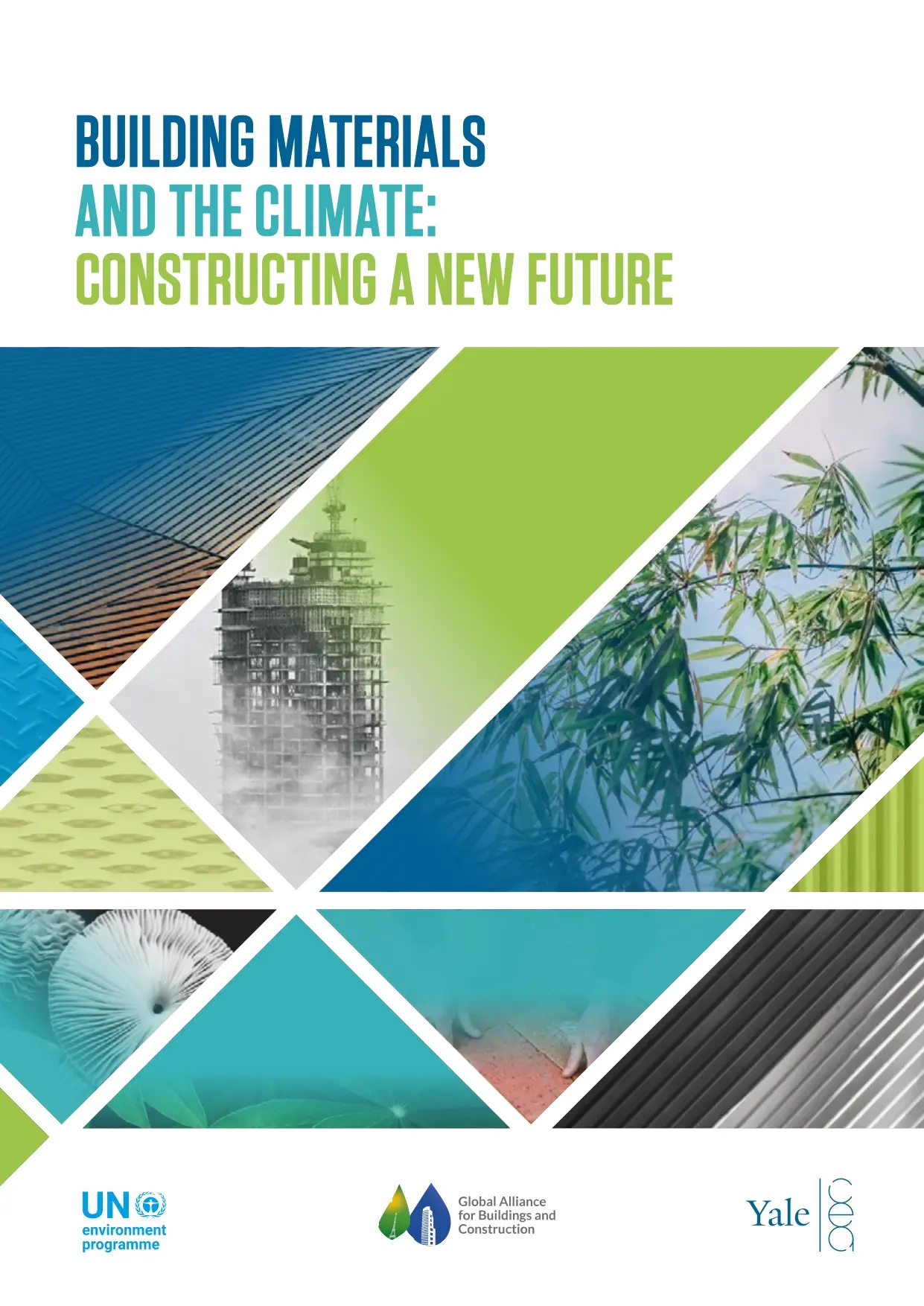

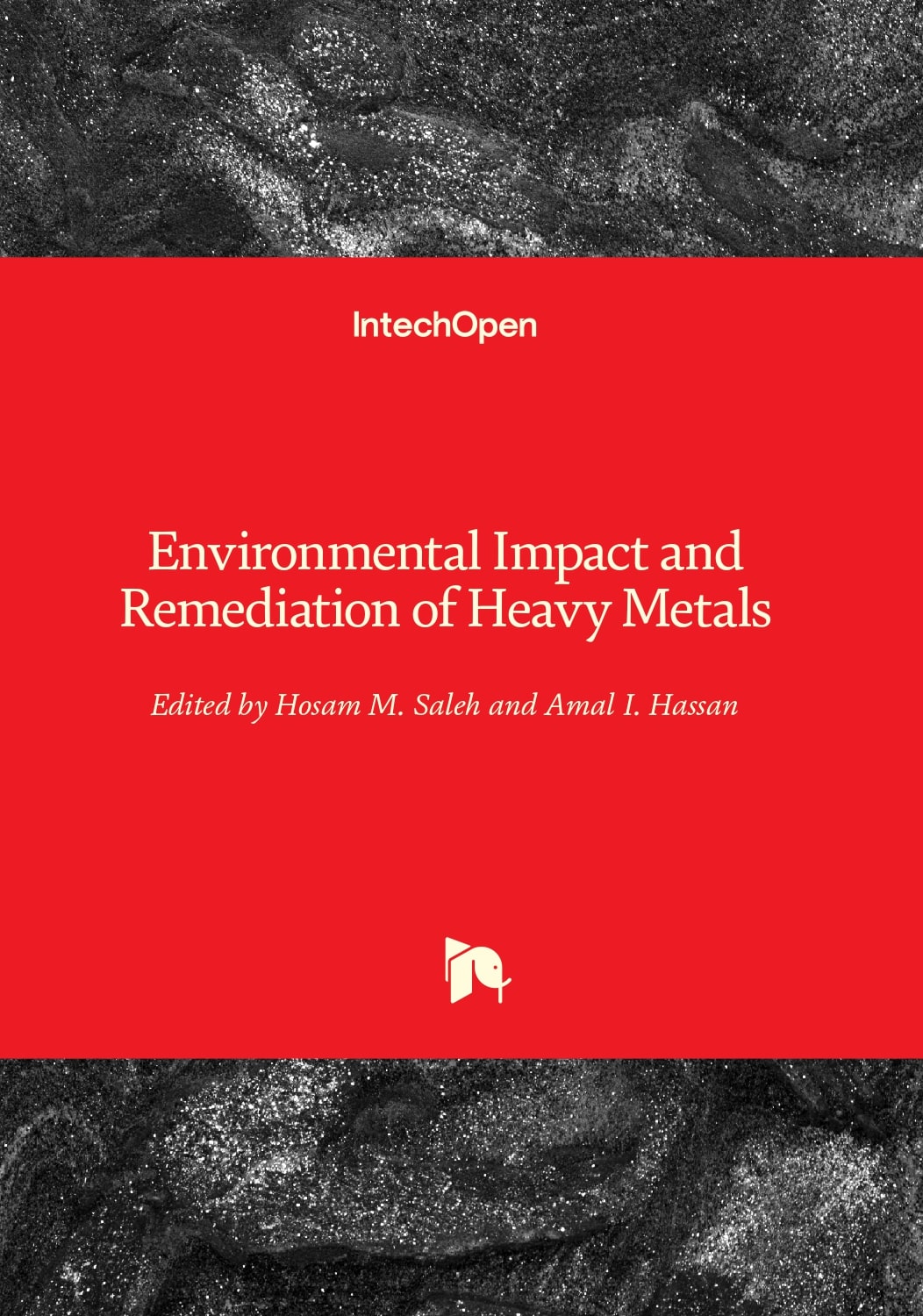
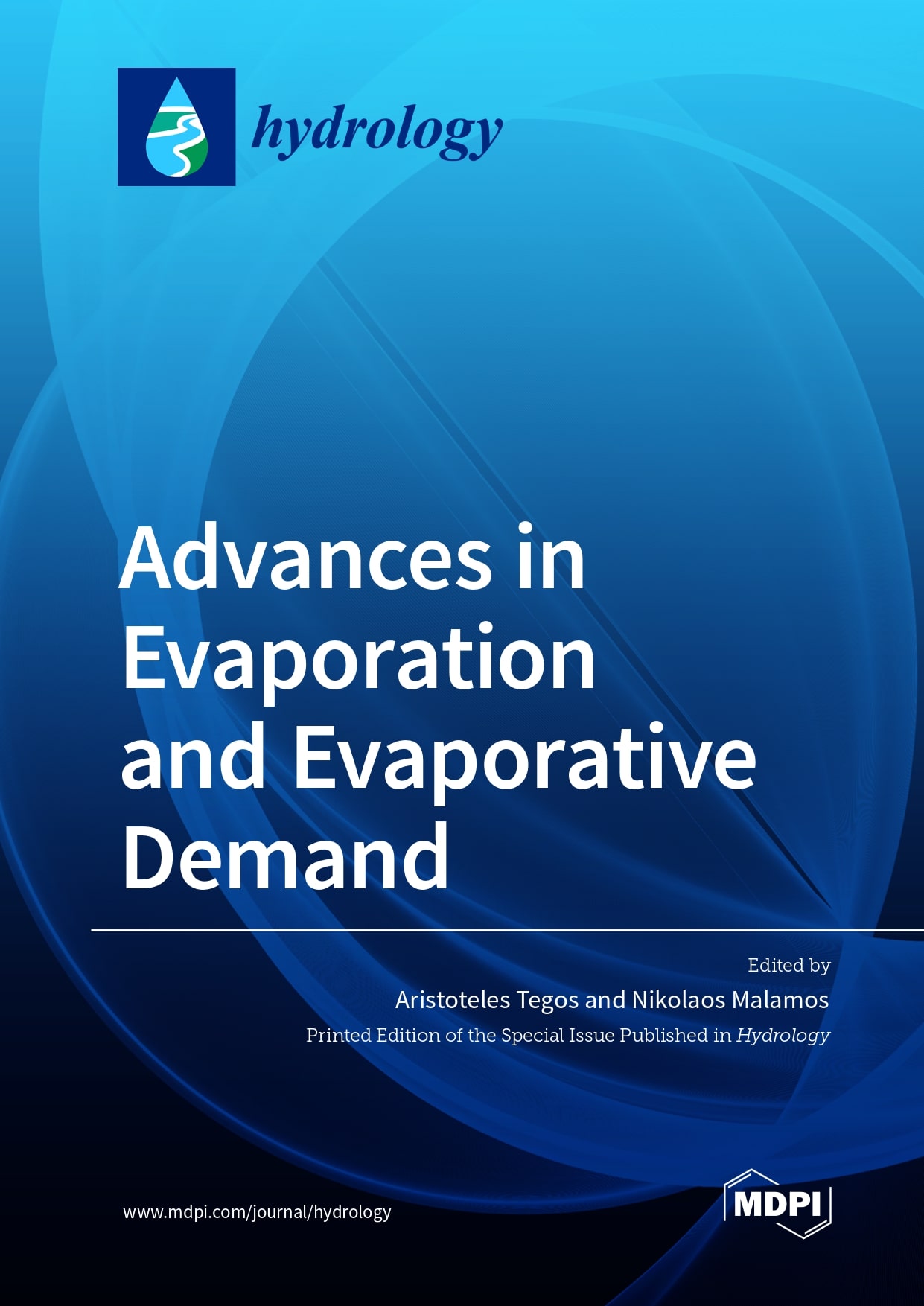

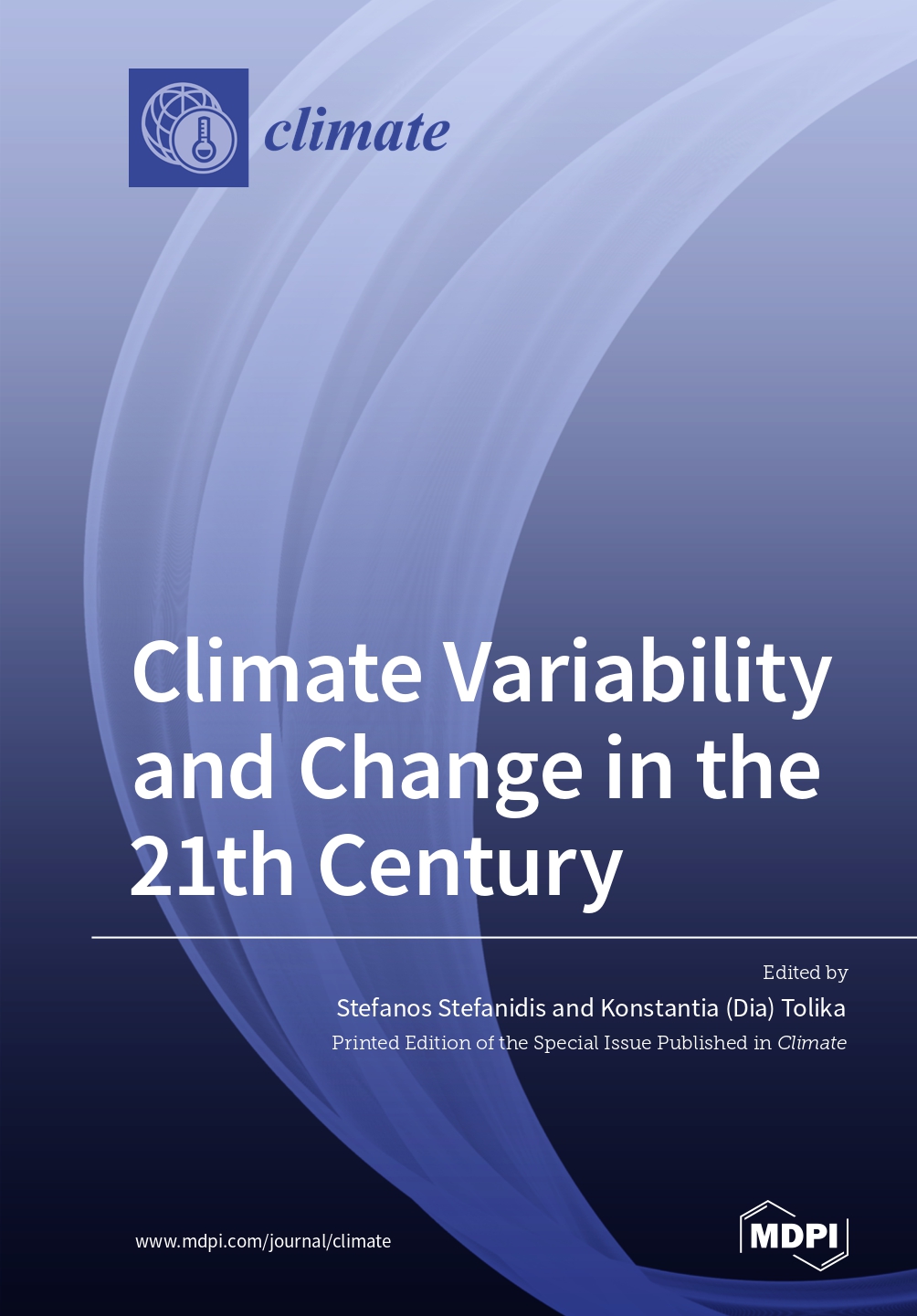



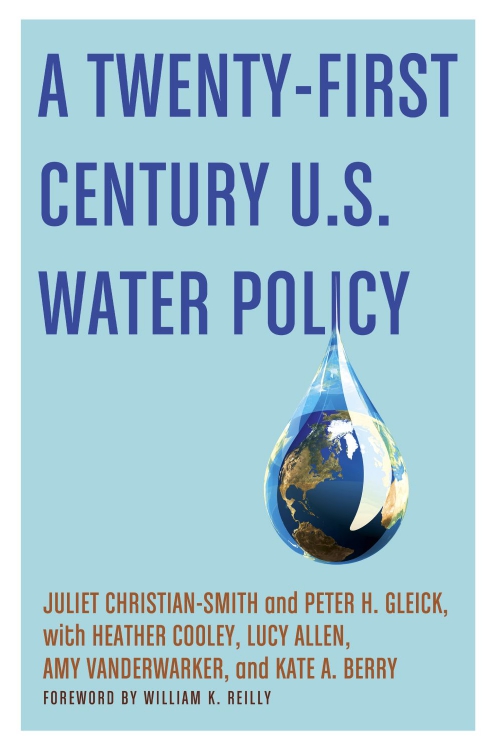
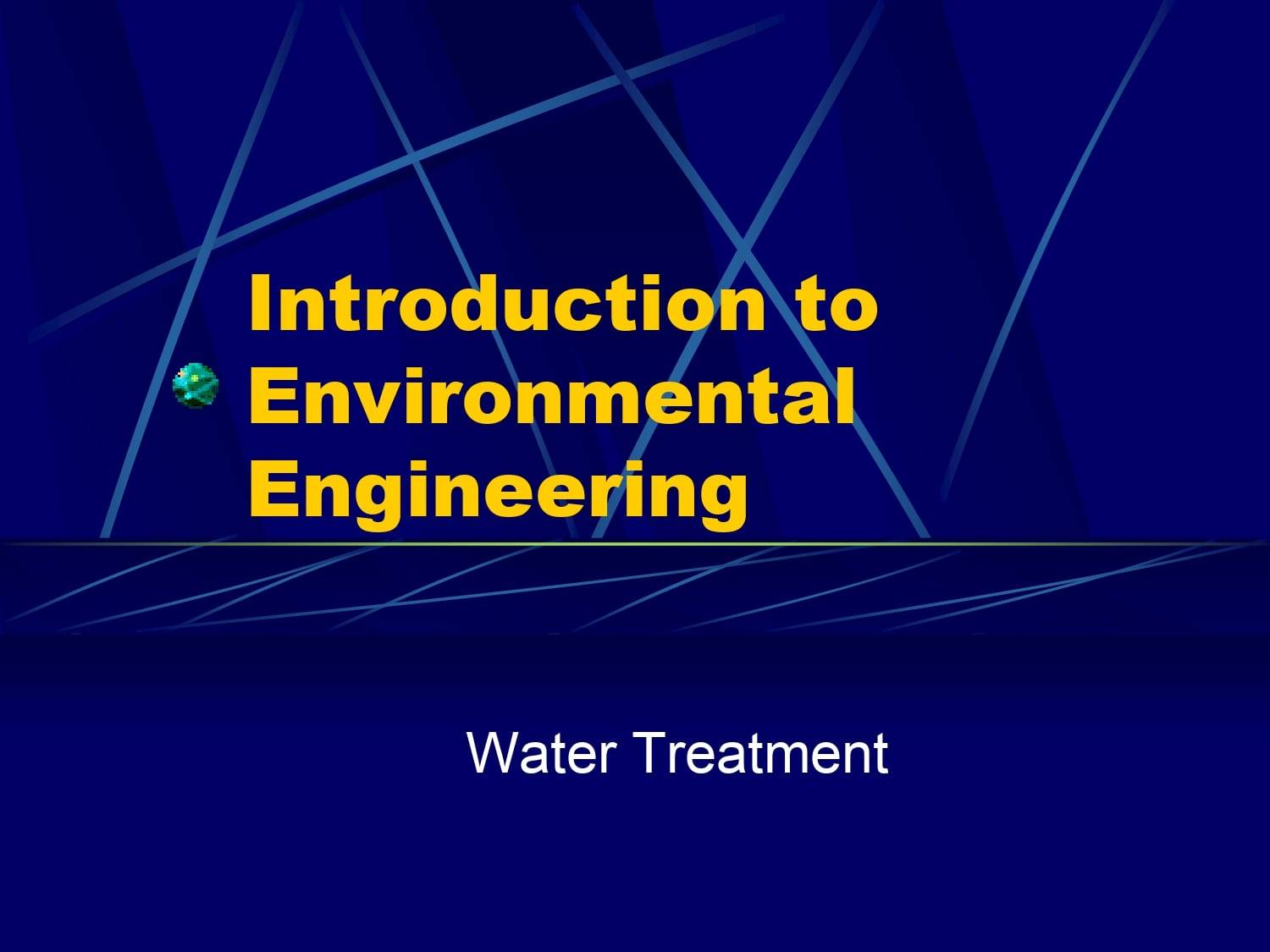


Reviews
There are no reviews yet.